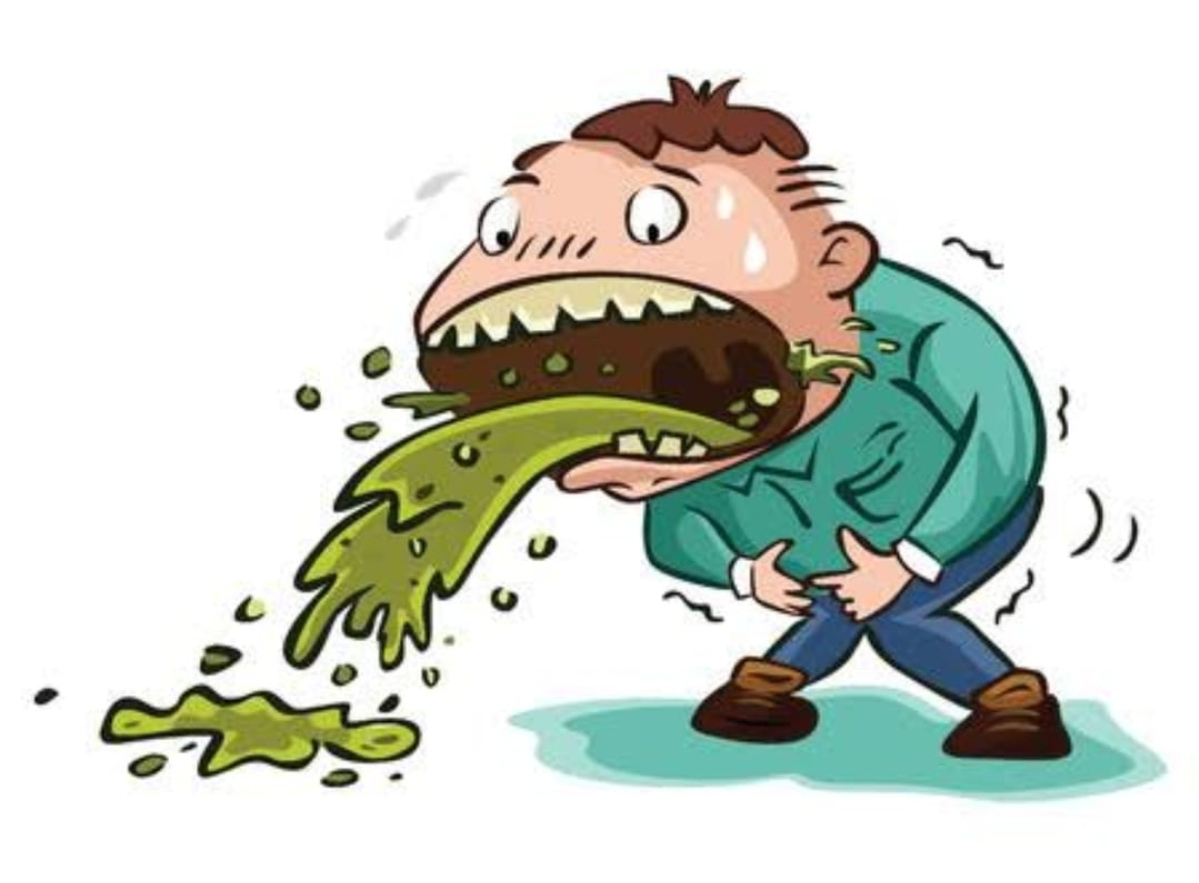FOOD POISONING: MEANING, CAUSES AND PREVENTION

FOOD POISONING (FOODBORNE ILLNESS) It is the illness that occures when you take in food or drink that is contaminated with parasites, viruses, harmful chemicals, bacteria and/or their toxins. When you take in these contaminated foods, your intestine becomes infected and irritated producing the discomfort you may feel. The exposed garden eggs, vegetables, cucumber, pineapple you buy can easily get contaminated, requiring proper washing before eating because you don't cook them. CONTAMINATION OF FOOD CAN OCCUR DURING: Production Growing Harvesting Processing Storage Shipping Preparation and eating SYMPTOMS: Symptoms can start within hours or days after you have eaten the food. The symptoms can resolve on its own but sometimes you may need medical attention. Some of the symptoms are: Diarrhea which may be bloody Nausea Vomiting Abdominal cramps Fever Headache Muscle pain Joint pain Painful and urgent need to pass little or no stoo...





